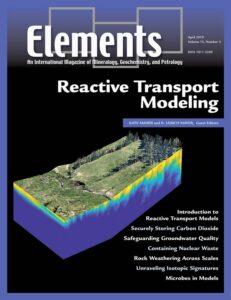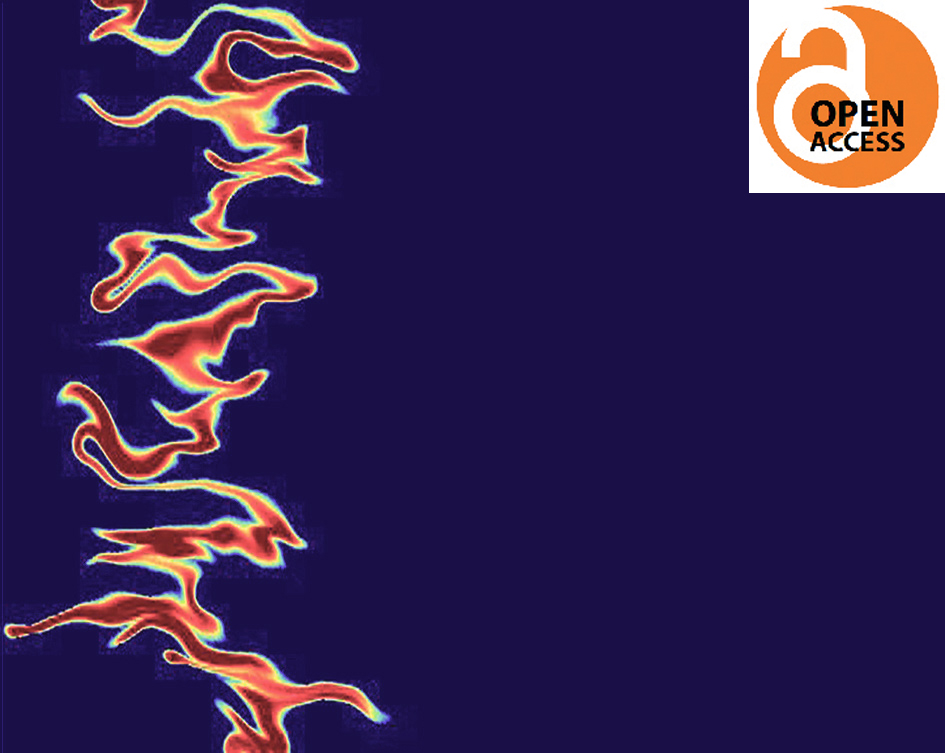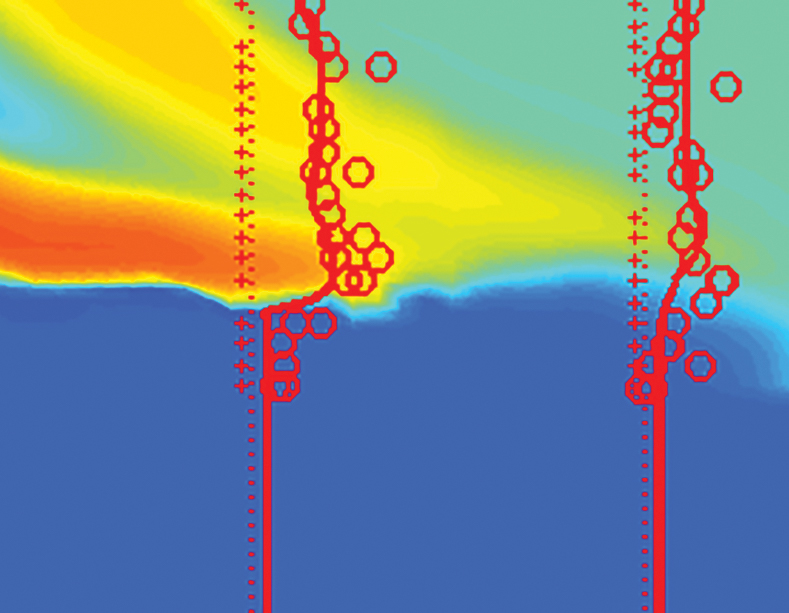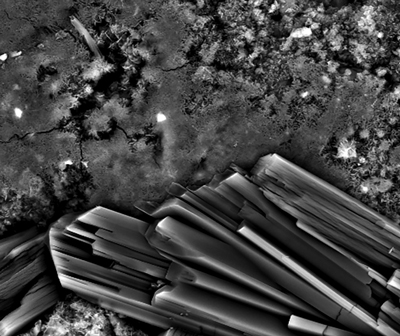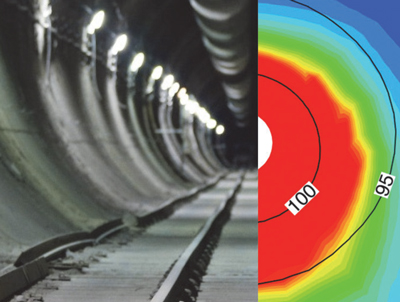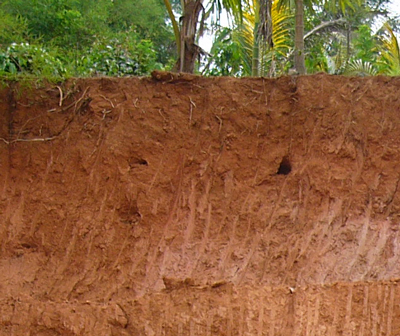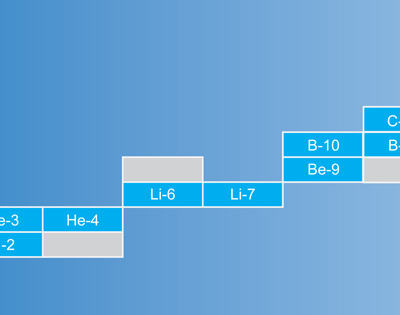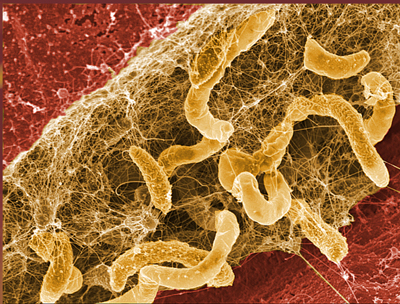Reactive Transport Modeling
Kate Maher and K. Ulrich Mayer – Guest Editors
Table of Contents
Reactive transport modeling, or computer simulations of the transfer of mass and energy through the subsurface, has become a central tool for understanding how Earth’s unique chemical environments are formed, how they function today, and how they might behave in the future. This process-based approach has enabled us to gain a new understanding of a diverse array of Earth processes, from biogeochemical cycles in marine sediments and the factors that control soil formation, to the evolution of contaminated groundwater systems and the engineered containment of nuclear waste. The diverse contributions in this issue will highlight the unique role that reactive transport models have played in advancing our understanding of Earth’s shallow crustal environments and our human interactions with them.
- Tracking Diverse Minerals, Hungry Organisms, and Dangerous Contaminants Using Reactive Transport Models
- Using Reactive Transport Models to Quantify and Predict Groundwater Quality
- The Role of Reactive Transport Modeling in Geologic Carbon Storage
- Reactive Transport Modeling: A Key Performance Assessment Tool for the Geologic Disposal of Nuclear Waste
- Reactive Transport Models of Weathering
- Reactive Transport of Stable Isotopes
- Reactive Transport Modeling of Microbial Dynamics
- TOOLKIT: The Art of Reactive Transport Model Building
Analab
CAMECA
Excalibur Mineral Corporation
Geochemists Workbench
International Centre for Diffraction Data
ProtoXRD
Savillex
Volume 15, Number 3 (June) • The South Aegean Volcanic Arc
GUEST EDITORS: Timothy H. Druitt (University of Clermont Auvergne, France) and Georges Vougioukalakis (Institute of Geology and Mineral Exploration, Greece)
The South Aegean Volcanic Arc lies at the intersection between Europe, Asia, and Africa, in the cradle of European civilization. Studies over the last decade have transformed our understanding of the arc: subduction architecture and back-arc geodynamics, genesis of the arc magmas, eruption chronology of the arc recorded in marine tephra archives, and hazards posed by eruptions and tsunamis. Santorini is one of the most explosive arc volcanoes in the world, and its ‘Minoan’ eruption of the Late Bronze Age is an iconic event in volcanology and archaeology. Santorini is still dangerous. The Kolumbo submarine crater, best known for its deadly eruption of 1650, today hosts a hydrothermal system and bacterial colonies. In the eastern sector of the arc lies the large submarine caldera formed by the Kos Plateau Tuff eruption. The eruptive mechanisms and petrology of this eruption have now been unraveled, as have the eruptive and magmatic histories of Nisyros and Yali volcanoes on the caldera rim.
- Deep Structure and Active Tectonics of the South Aegean Volcanic Arc Costas B. Papazachos (Aristotle University of Thessaloniki, Greece)
- The South Aegean Volcanic Arc Georges Vougioukalakis (Institute of Geology and Mineral Exploration, Greece) and Christopher Satow (Oxford Brookes University, UK), and Timothy H. Druitt (University of Clermont Auvergne, France)
- Magma Genesis at the South Aegean Volcanic Arc Lorella Francalanci (University of Florence, Italy) and Georg F. Zellmer (Massey University, New Zealand)
- The Christiana–Santorini–Kolumbo Rift Paraskevi Nomikou (National and Kapodistrian University of Athens, Greece), Christian Hübscher (University of Hamburg, Germany) and Steven Carey (University of Rhode Island, USA)
- Santorini Volcano and its Plumbing System Timothy H. Druitt (University of Clermont Auvergne, France), David M. Pyle (University of Oxford, UK) and Tamsin A. Mather (University of Oxford, UK).
- The Late-Bronze-Age Eruption of Santorini Volcano and its Impact on the Ancient Mediterranean World Timothy H. Druitt (University of Clermont Auvergne, France) and Floyd W. McCoy (University of Hawaii, USA), and Georges Vougioukalakis (Institute of Geology and Mineral Exploration, Greece)
- The Kos–Nisyros Volcanic Field Olivier Bachmann (ETH Zürich, Switzerland), Sharon R. Allen (University of Tasmania, Australia) and Caroline Bouvet de Maisonneuve (Nanyang Technological University, Singapore)
- Planet Mercury (February 2019)
- Reactive Transport Modeling (April 2019)
- South Aegean Magmatic Arc (June 2019)
- Weathering: A Unifying Process in the Geosciences (August 2019)
- Catastrophic Perturbations to Earth’s Carbon Cycle (October 2019)
- Kimberlites (December 2019)



